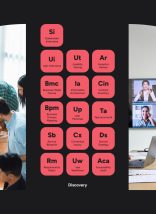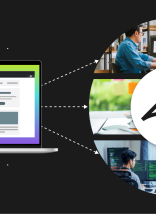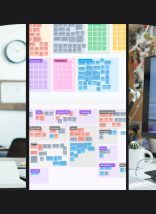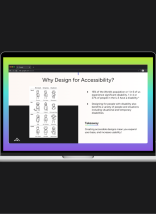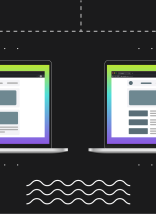Part and parcel to the user experience discipline (and any discipline involved in website creation) is establishing user goals. If visitors have come to your site then you can be sure that they’re looking to accomplish something, be it gathering information, contributing to a community, or ordering one of your products.
Clearly defining your user’s goals at the beginning of a project and sticking to them throughout the design and development processes will help ensure that the final product is something your visitors will actually want to use, and hopefully use again and again.
User Story Examples
Your goals can be very straight forward, such as “encourage the user become a registered member” or somewhat more abstract like “delight the user so they spread the word about us.”
In our work here at Atlantic BT we’ve been writing user stories to help guide our project’s along. User stories are a great tool because our clients, their users, and our team members can easily contribute to them, and they’re written in plain English so everyone can understand them.
Here’s an example from a recent project:
“As a potential customer, I’ve been asked to a seminar at the company headquarters. How do I get there, and who do I contact if I need assistance?”
Seems simple, right? We’ve gone and defined the user (a potential customer) and their needs (directions and contact information). Our UX and design team know that including a “Company Locations” page with driving directions on the website is a must. Our programming team knows that they need to add seminars and events points of contact to emails.
Here is an example from a new client:
“I am a doctor and I need to order a prescription and have it shipped to a customer or my clinic”
This user story helps define what our programming staff has ahead of them, and what sort of user experience interactions will have to be mapped out. This sort of simple story-telling helps prevent patch fixes towards the end of a project.
User Stories In Practice
In one of our projects, Johnston Health, we collaboratively defined four important user goals ahead of time. We built the home page navigation around these personas from the start.
- “I’m an area resident and I need to find a physician.”
- “I’m a medical professional in Johnston County and need to find work.”
- “I’m an existing customer and need to pay a bill, and would like to do it online.”
- “I’m a friend/family member of someone staying at a Johnston Health facility and would like to send them a card.”
Of course, the website has other user goals in mind like volunteering, fundraising, and services. By highlighting the most common user tasks and giving them prime real estate space, they are able to immediately address the needs of most users.
This user satisfaction goes beyond funneling users to information. They are also now left with a good impression of the website and business as a whole.




